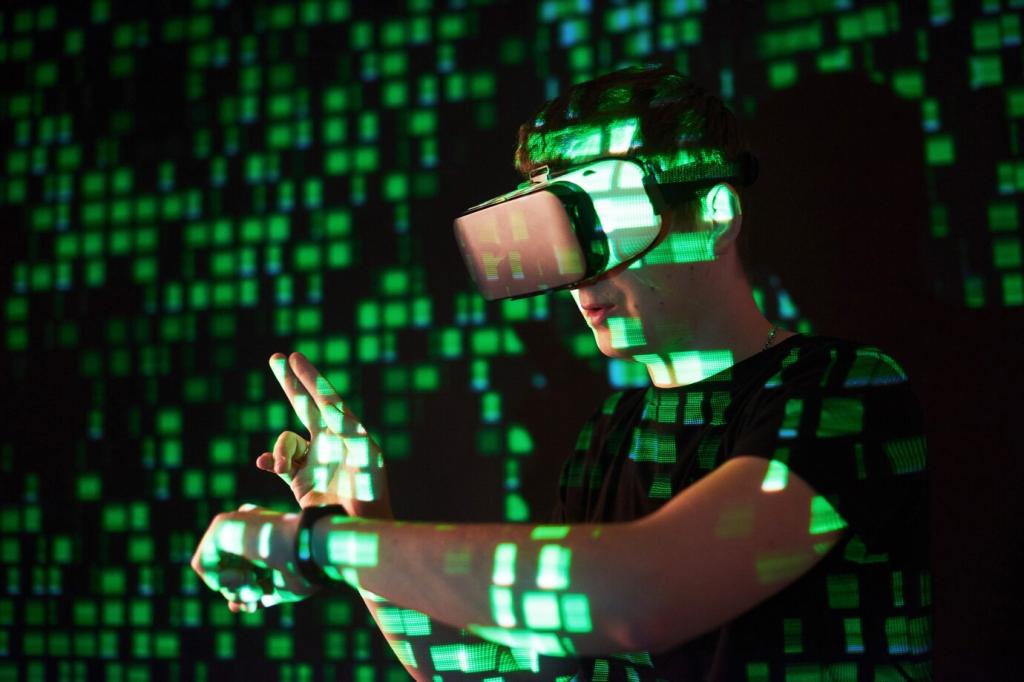Integrating IoT Devices into Home Design
The integration of Internet of Things (IoT) devices into home design has transformed the way we interact with our living spaces. Gone are the days when smart homes belonged to the realm of science fiction; today, homeowners and designers are blending advanced technology seamlessly with aesthetics and functionality. By thoughtfully incorporating IoT solutions, homes can now offer unmatched convenience, security, and energy efficiency, all while maintaining an appealing design. This page explores the key considerations and strategies for successfully merging IoT devices with modern home design, ensuring that innovation and style go hand in hand.


Achieving a seamless appearance often means minimizing the visual footprint of technology. Recessed installations, customized cabinetry, and finishes that match existing décor offer ways to blend devices into their environment. Smart speakers can be stashed within decorative elements or disguised as everyday objects, while sensors and cameras become nearly invisible within moldings or behind art. This approach allows households to benefit from cutting-edge functionality without compromising the intended ambiance and flow of their rooms.

Integrating IoT devices demands careful attention to wiring and network infrastructure. Ideally, planning begins in the early stages of design or renovation. Strategic cable management and in-wall wiring help eliminate clutter and keep devices connected without unsightly tangles. Reliable Wi-Fi coverage ensures all devices function optimally, while smart hubs can be concealed in centralized locations. By prioritizing this infrastructure early, homeowners can future-proof their spaces and allow for easy upgrades as technologies evolve.

A thoughtful balance between looks and performance is crucial when integrating IoT solutions. Designers must select devices that not only serve intended purposes, such as climate control or entertainment, but also complement architectural styles. Manufacturers now offer customizable finishes and form factors that allow tech to blend with a wide range of interiors. Whether coordinating colors and materials or choosing devices with minimalist profiles, the right selections enable homeowners to enjoy superior smart functions in beautifully cohesive spaces.
Enhancing Home Comfort and Convenience
Intelligent Lighting Solutions
Smart lighting systems can completely transform living environments. Programmable scenes and voice-activated controls make it possible to tailor illumination for different activities or moods. Motion sensors ensure that lights turn on when needed and switch off automatically, promoting efficiency and safety. Integrating lighting with the home’s design lets fixtures double as design statements while remaining seamlessly functional, enhancing ambiance, and catering to individual lifestyle needs.
Climate Control and Environmental Sensing
Automated heating, cooling, and air quality monitoring contribute to optimal living comfort. Smart thermostats learn daily patterns to optimize temperatures, while sensors track humidity and particulate levels to ensure fresh indoor air. By embedding sensors discreetly or incorporating them into other devices, homeowners can maintain healthy, pleasant interiors without visible clutter. The result is a responsive environment that delivers comfort on demand, no matter the season.
Personalized Automation
A key feature of successful IoT home design is personalization. Automated routines—such as morning wake-up sequences or evening relaxation settings—can be triggered by time, occupancy, or even environmental changes. These experiences rely on sophisticated algorithms but are designed to be intuitive for users. When thoughtfully integrated, automation doesn’t just save time; it elevates the way residents interact with their homes, making each moment feel perfectly tailored to their lifestyles.

Smart Surveillance Integration
Modern surveillance systems go beyond traditional cameras. High-definition, internet-enabled units can be camouflaged within exterior lighting or built into doorbells, offering comprehensive coverage without overt placement. Indoor cameras can discreetly monitor entry points or common areas, streaming footage directly to mobile devices. These systems deliver real-time notifications, allow for remote monitoring, and are often integrated with other smart protocols for seamless, automated responses to suspicious activity.

Advanced Access Control
IoT-enabled access systems enhance both convenience and protection by replacing standard locks with biometric or smartphone-enabled solutions. Video doorbells, smart intercoms, and digital locks provide secure entry and tracking capabilities. These devices can be coordinated to allow temporary access for guests or deliveries, ensuring that security does not interfere with daily routines. Integrating these solutions within the broader home architecture ensures that they remain both effective and aesthetically compatible with entryways and building exteriors.

Environmental Monitoring and Alerts
Security in the modern home also means awareness of environmental threats. IoT sensors can detect smoke, gas leaks, water intrusion, and temperature fluctuations, sending instant alerts to homeowners and emergency services. By embedding these sensors within less conspicuous features—like ceiling fixtures or beneath flooring—residents gain proactive protection without sacrificing design integrity. This integration mitigates potential hazards, reinforcing homes with intelligent, always-on guardianship.
